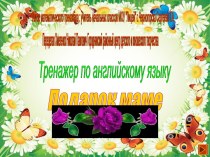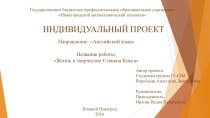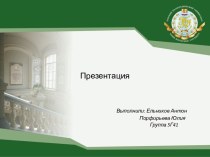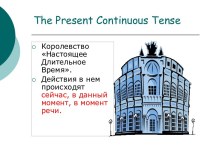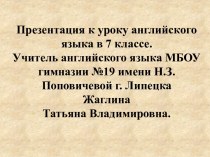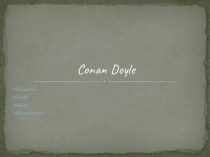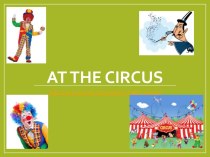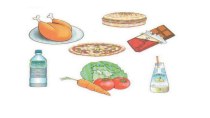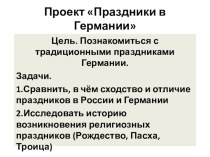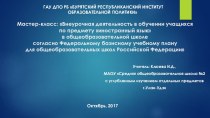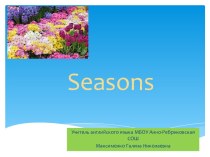- Главная
- Разное
- Бизнес и предпринимательство
- Образование
- Развлечения
- Государство
- Спорт
- Графика
- Культурология
- Еда и кулинария
- Лингвистика
- Религиоведение
- Черчение
- Физкультура
- ИЗО
- Психология
- Социология
- Английский язык
- Астрономия
- Алгебра
- Биология
- География
- Геометрия
- Детские презентации
- Информатика
- История
- Литература
- Маркетинг
- Математика
- Медицина
- Менеджмент
- Музыка
- МХК
- Немецкий язык
- ОБЖ
- Обществознание
- Окружающий мир
- Педагогика
- Русский язык
- Технология
- Физика
- Философия
- Химия
- Шаблоны, картинки для презентаций
- Экология
- Экономика
- Юриспруденция
Что такое findslide.org?
FindSlide.org - это сайт презентаций, докладов, шаблонов в формате PowerPoint.
Обратная связь
Email: Нажмите что бы посмотреть
Презентация на тему Thomas Gainsborough
Содержание
- 2. Main facts about the painterThomas Gainsborough (christened 14
- 3. Life and workWhen he was 13 he
- 4. BathIn 1759, Gainsborough and his family moved
- 5. LondonIn 1774, Gainsborough and his family moved
- 6. TechniquesGainsborough was noted for the speed with
- 7. Скачать презентацию
- 8. Похожие презентации
Main facts about the painterThomas Gainsborough (christened 14 May 1727 – 2 August 1788) was an English portrait and landscape painter. He was the youngest son of John Gainsborough, a weaver in Suffolk. He left home in 1740 to

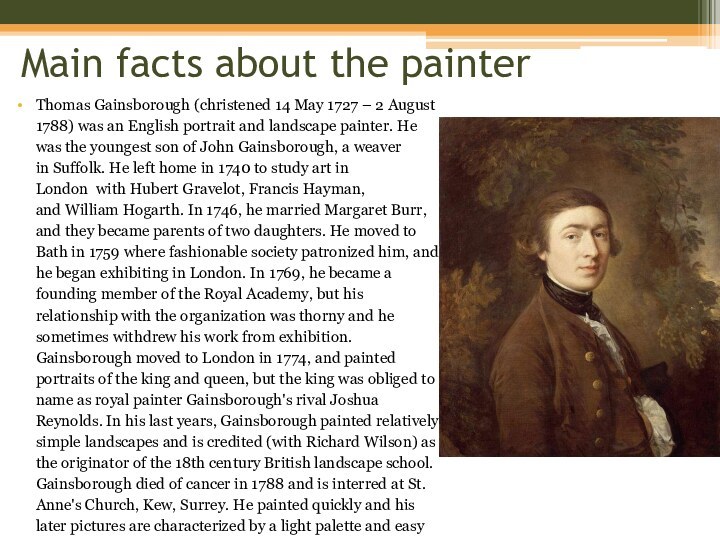
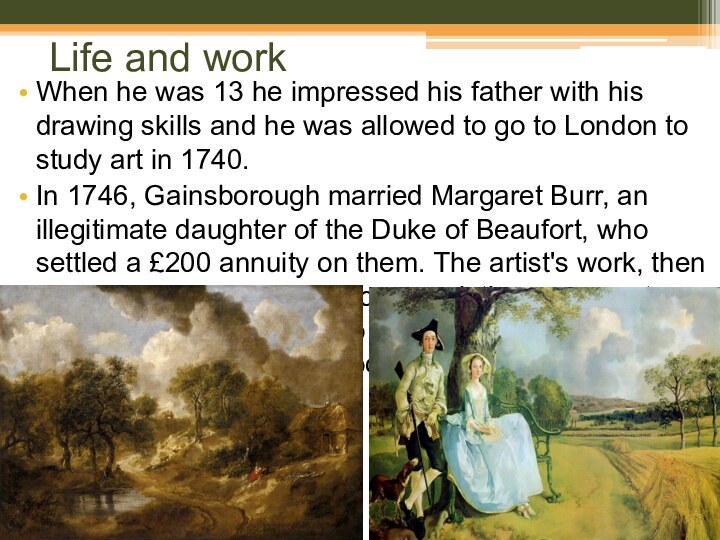


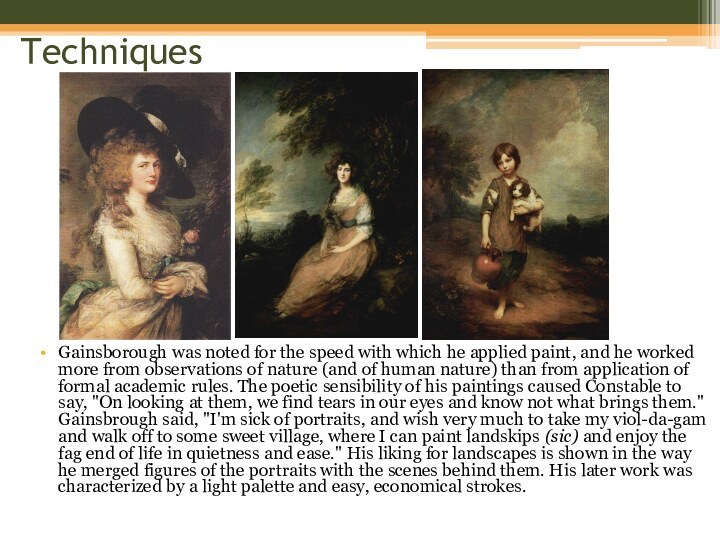
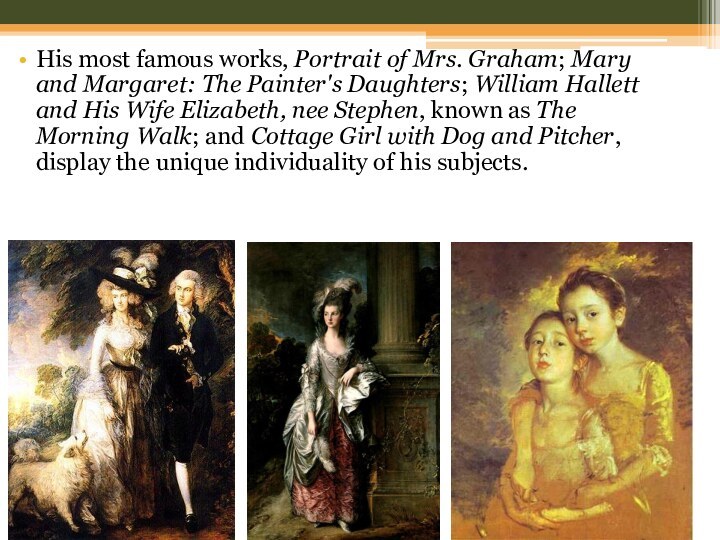
Слайд 3
Life and work
When he was 13 he impressed
his father with his drawing skills and he was
allowed to go to London to study art in 1740.In 1746, Gainsborough married Margaret Burr, an illegitimate daughter of the Duke of Beaufort, who settled a £200 annuity on them. The artist's work, then mainly composed of landscape paintings, was not selling well. He returned to Sudbury in 1748–1749 and concentrated on painting portraits.
Слайд 4
Bath
In 1759, Gainsborough and his family moved to Bath.
There, he studied portraits by van Dyck and was eventually able
to attract a fashionable clientele. In 1761, he began to send work to the Society of Arts exhibition in London and from 1769 he submitted works to the Royal Academy's annual exhibitions. He selected portraits of well-known or notorious clients in order to attract attention. The exhibitions helped him acquire a national reputation, and he was invited to become a founding member of the Royal Academy in 1769. His relationship with the academy was not an easy one and he stopped exhibiting his paintings in 1773.
Слайд 5
London
In 1774, Gainsborough and his family moved to
London. In 1777, he again began to exhibit his
paintings at the Royal Academy, including portraits of contemporary celebrities, such as the Duke and Duchess of Cumberland. Exhibitions of his work continued for the next six years.In 1780, he painted the portraits of King George III and his queen and afterwards received many royal commissions. This gave him some influence with the Academy and allowed him to dictate the manner in which he wished his work to be exhibited. However, in 1783, he removed his paintings from the forthcoming exhibition and transferred them to Schomberg House.
In 1784, royal painter Allan Ramsay died and the King was obliged to give the job to Gainsborough's rival and Academy president, Joshua Reynolds. Gainsborough remained the Royal Family's favourite painter, however. At his own express wish, he was buried at St. Anne's Church,Kew, where the Family regularly worshipped.

